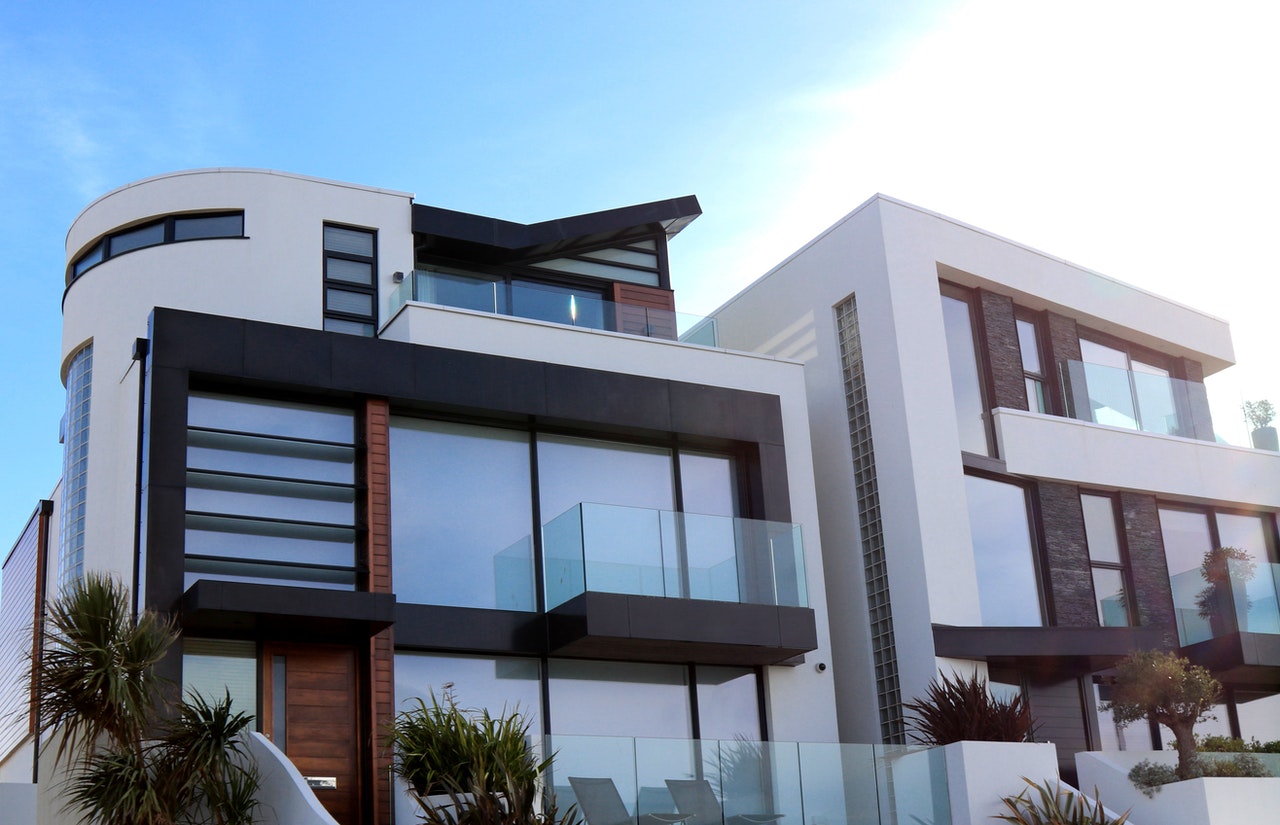
Steel Building Foundation-Only plans and calculations
When you a purchase a pre-engineered metal building, most often your steel building supplier does not do the foundation design. However, you are required by the City or County to get a soils report and foundation design plans. Foundation Engineering Consultants, Inc. has a package for a soils report & foundation design for metal buildings. We need foundation reactions & anchor bolt plan from your steel building manufacturer.
Planning Your Metal Building Foundation
Design your foundation according to your local conditions regarding soil quality, frost lines, wind uplift and static load for a metal building that will last for years to come.
Soil Quality
Before laying a foundation, it is crucial to have your land professionally surveyed to determine soil quality, plot boundaries, and leveling. If your soil quality is low, you can excavate and remove it to replace with higher-quality soil that will prevent your steel building from shifting or sinking over time.
Frost Lines
When you excavate the future site of your building, you will need to dig below the frost line to secure your footings. Securing the footings of your building below the depth at which moisture in your soil freezes ensures your footings are insulated and unaffected by shifting soil during freezing and thawing.
You or your project manager can contact your local building authorities for more information on the frost line requirements in your area.
Wind Uplift Threats
Wind uplift refers to the suctioning effect that can occur during high winds. Wind uplift is of particular concern to metal buildings which are known for being susceptible to lifting from the foundation in uplift.
If wind uplift is a known threat in your area, accommodations will need to be made in foundation design. Heavy foundations, deep footings, and a foundation with topsoil will all help to mitigate the effects of uplift on your steel building.
Static Load
Steel buildings can be significantly impacted by high winds and earthquakes, which can destroy the structure or cause it to detach from the foundation.
Anchor bolts and larger footings can be tied to your foundation using steel tie bars to help your building resist the effects of weather phenomena.
If heavy equipment will be stored in the building, the foundation’s load-bearing capacity needs to reflect this additional weight. The weight and dimensions of your metal building will also affect the static load your foundation must carry.
The more expansive your building, the heavier and deeper the foundation must be.
However, your local conditions are not the only considerations that must be made for your building foundation. Owners must also choose which type of foundation works best for their purposes.
Types of Steel Building Foundations
Perimeter Footing
For a minimalist approach to laying a foundation, owners can choose a perimeter footing foundation.
A perimeter footing is exactly what it sounds like: a foundation that only exists on the perimeter of a building. To construct a perimeter footing foundation, concrete is poured around the exterior of the metal building structure dimensions.
The foundation will provide support to the exterior steel walls. Perimeter footings can be used on their own or combined with piers or concrete slabs for additional support.
Slab Foundation
Slab foundations are the most popular foundation used today.
A concrete slab is an area of poured concrete with a reinforced grade beam that transmits the load from bearing walls into the foundation. A slab foundation becomes the floor of the building after construction.
Slab foundations are made popular by their quick, easy and affordable construction that does not utilize piers or footings, making for a simpler construction.
However, if pipes and electrical lines are required, it complicates the process a bit. Pipes and electric must be embedded directly into the slab.
Pier and Beam Foundation with Optional Footing
In a pier and beam system, the foundation rests on piers which rest on footings with a grade beam wall.
Some buildings can utilize drilled piers instead of a footing, but in either case, the piers and footing are primarily responsible for carrying the load of the metal building. A drilled pier foundation includes concrete piers that are drilled down to support the foundation walls at the piers.
With pier and beam foundations, the floors can be left as dirt or gravel. The pier and beam foundation with optional footing is a more expensive option but is not without benefits.
This foundation type offers additional opportunities to secure your metal building against horizontal loads, wind uplifts, and seismic shifts.
Ground Mounting with Concrete Caissons
If you would prefer your structure to have a dirt floor instead of a concrete slab, ground mounting may be the right choice for you.
This option is typical for agricultural buildings and equipment storage. Ground mounting with concrete caissons anchors the building to the earth using concrete anchors called caissons.
Caissons are, in essence, dug out post holes filled with concrete to create a secure tie-off point for a metal building structure.
